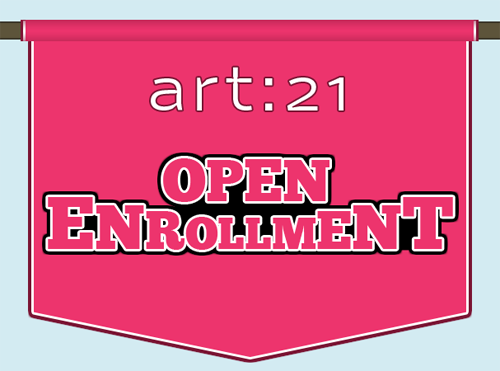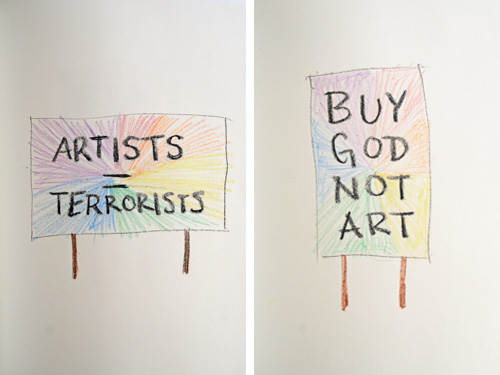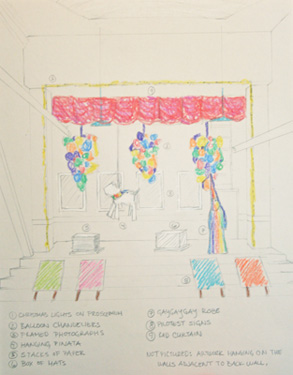I am freaking out! In one month, I’ll be installing my artwork at The Winery SF for San Francisco Art Institute’s MFA Thesis Exhibition. Last year at this time, my buddy and neighbor from my days in Bushwick, Bonnie Kaye Whitfield, presented her Pratt thesis exhibition in a solo-show format at a gallery on campus. Next year at this time, my buddy and undergrad classmate from Carnegie Mellon, Christopher Kardambikis, will be wrapping up his three-year program at University of California, San Diego also with a solo-show format, but one that doesn’t necessarily have to be on campus.
Unlike Bonnie’s and Chris’s exhibitions, my thesis exhibition is one giant zootopia: about 70 of my graduating classmates will present artwork in sectioned-off spaces in an event venue on the picturesque San Francisco landmark of Treasure Island. When that many artists need to be wrangled, there’s a crucial emphasis on each student’s exhibition proposal. Will an artist’s freestanding sculpture obstruct the view of another artist’s drawings hanging on the wall? Will the volume from one artist’s sound installation be loud enough to hear without being so loud as to interfere with a nearby artist’s looping video?
“This annual MFA Exhibition attracts critical attention from the public,” states SFAI’s website. “It draws curators, gallery directors, and collectors from the West Coast region and beyond and is noted for diverse, provocative, and innovative work.” If there’s one thing I’m equating this experience to, it’s a rehearsal. As Carrie McGath mentioned in her last post, the exhibitions are “rehearsals for the arena many of them will enter and be a part of for years to come.” During this process, I’m realizing how necessary the sketch has become. I try and try to describe the artwork I plan to make with words but sometimes, words don’t suffice, and a ‘rough drawing’ comes in to save the day.
Here’s the order of important events at SFAI in the next month: Final Reviews > Open Studios > Thesis Exhibition. What’s missing from Final Reviews and Open Studios that will be present at the Thesis Exhibition? Oh, that’s right – completed artwork! For any artist with the ability to describe in words the physical nature of a work of art and communicate that accurately to someone else – a friend, a collector, a fabricator – before it’s complete, I salute you. Otherwise, a sketch is very important to express the object to be made or space to be filled. I never used to sketch, and I don’t really plan on continuing it, but if this entire process is a dress rehearsal for things to come, then it’s an occupational hazard I’ll just have to deal with.
Being sketchy can take on a variety of forms and meanings. Being sketchy can refer to someone who makes you uncomfortable, like that dude on the bus late at night who keeps shifting in his seat or at a party who keeps giving you the stink eye. The importance of that dude is that he keeps you in check of your personal welfare. Being sketchy can communicate the preliminary stages of an artist’s idea, which can help with things like organizing a group show. The importance of that preliminary idea can be the difference between one room in the venue versus another. Being sketchy can manifest in a childlike crayon drawing or even in words, like on a school’s website regarding its graduate thesis exhibition. In those cases, the sketch is a strategy for describing the indescribable. And that, my blog reader, is what is freaking me out.









Pingback: rebel:art » Blog Archive » Watchlist: Jeffrey Augustine Songco
Pingback: Ironicate! « Venice Biennale 2023
Pingback: Open Enrollment | So Long Grad School! | Art21 Blog